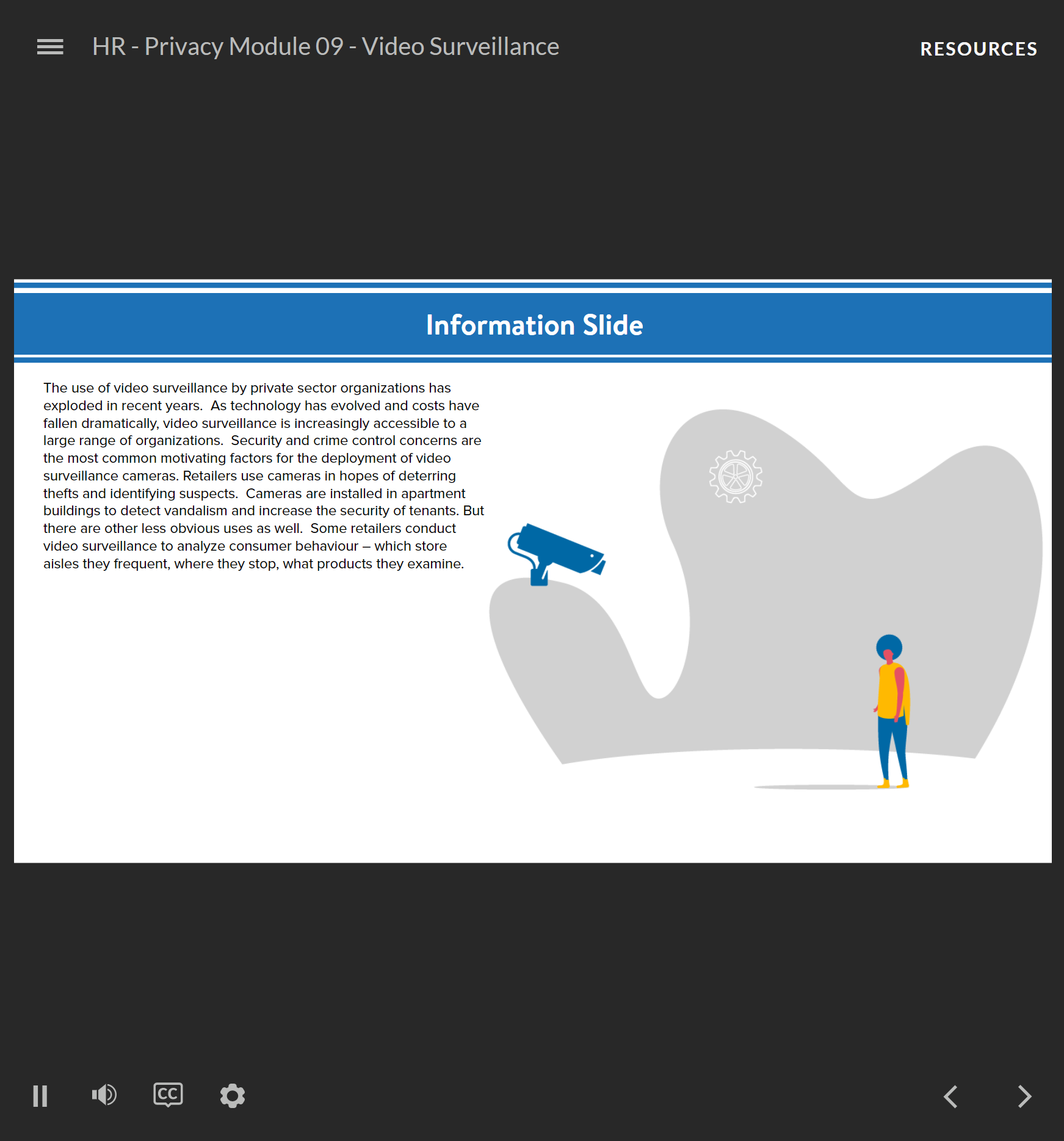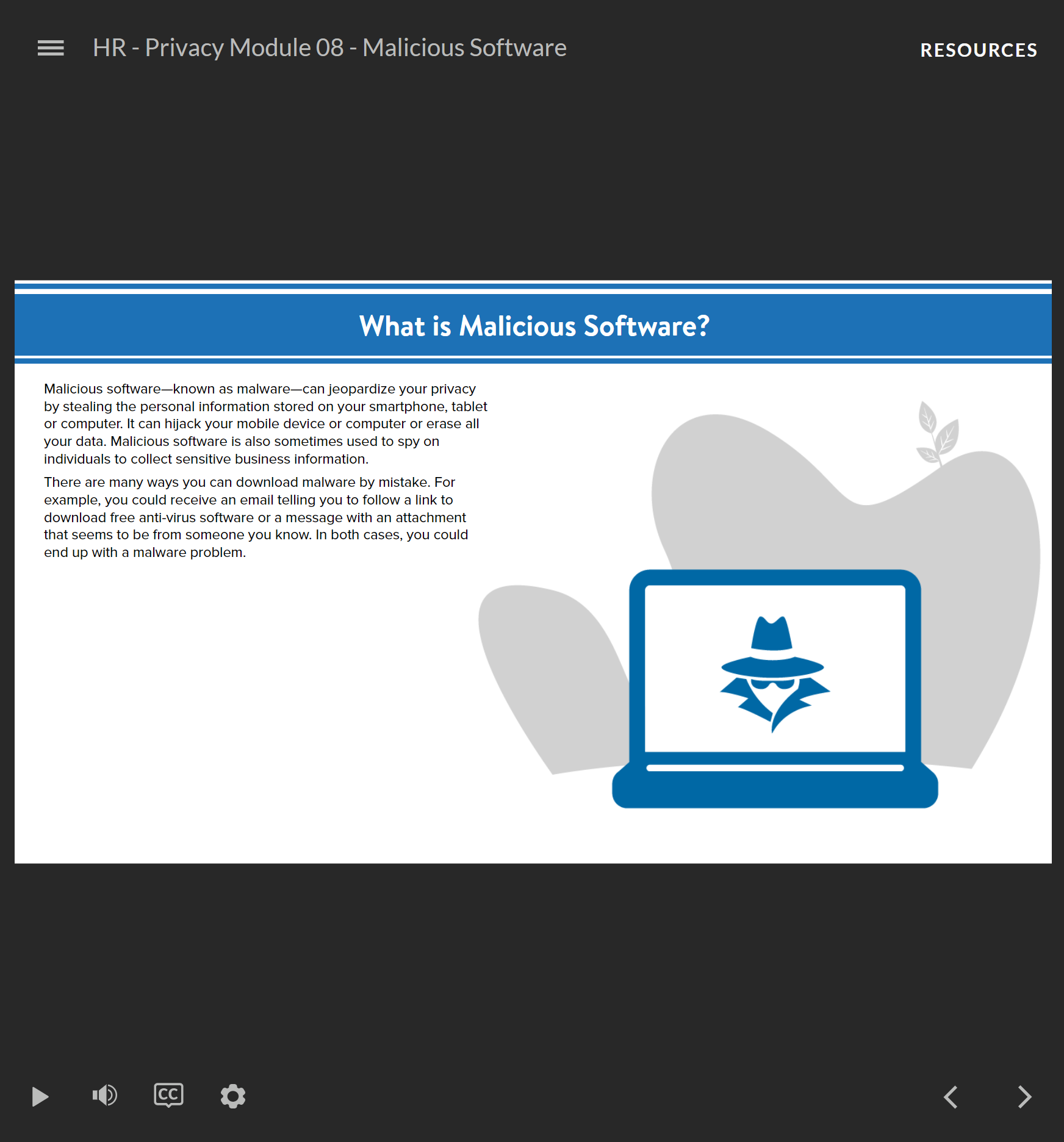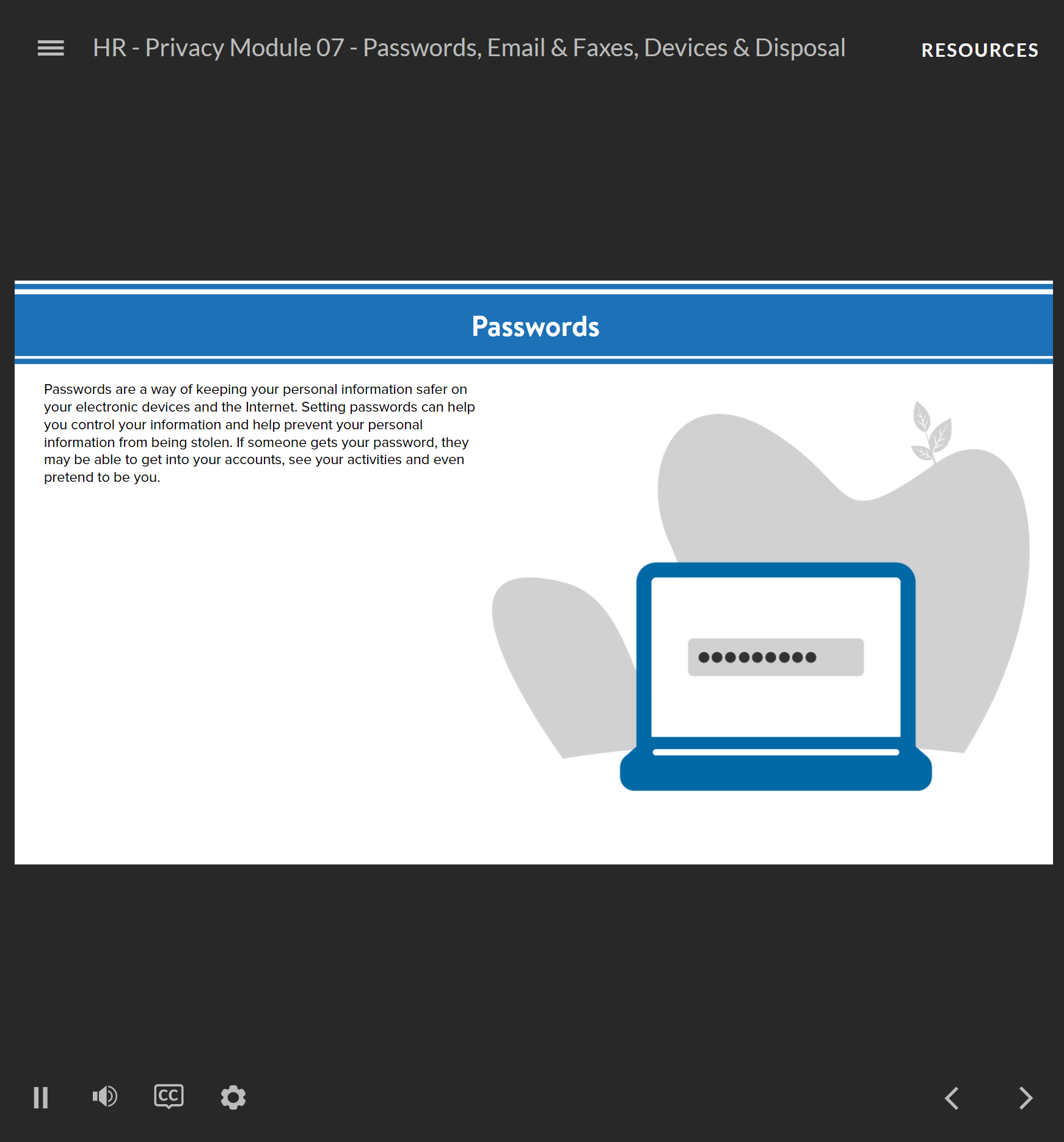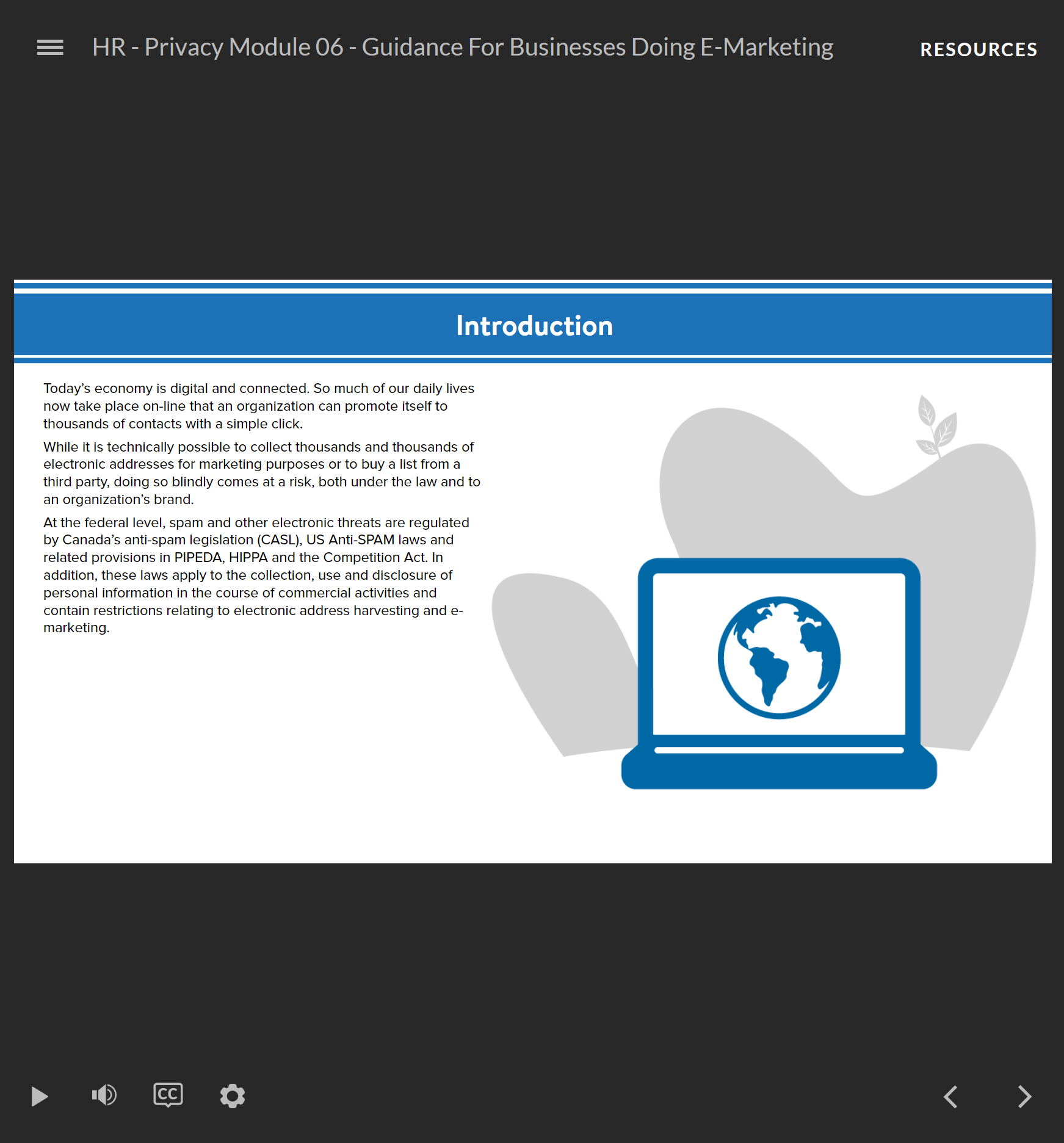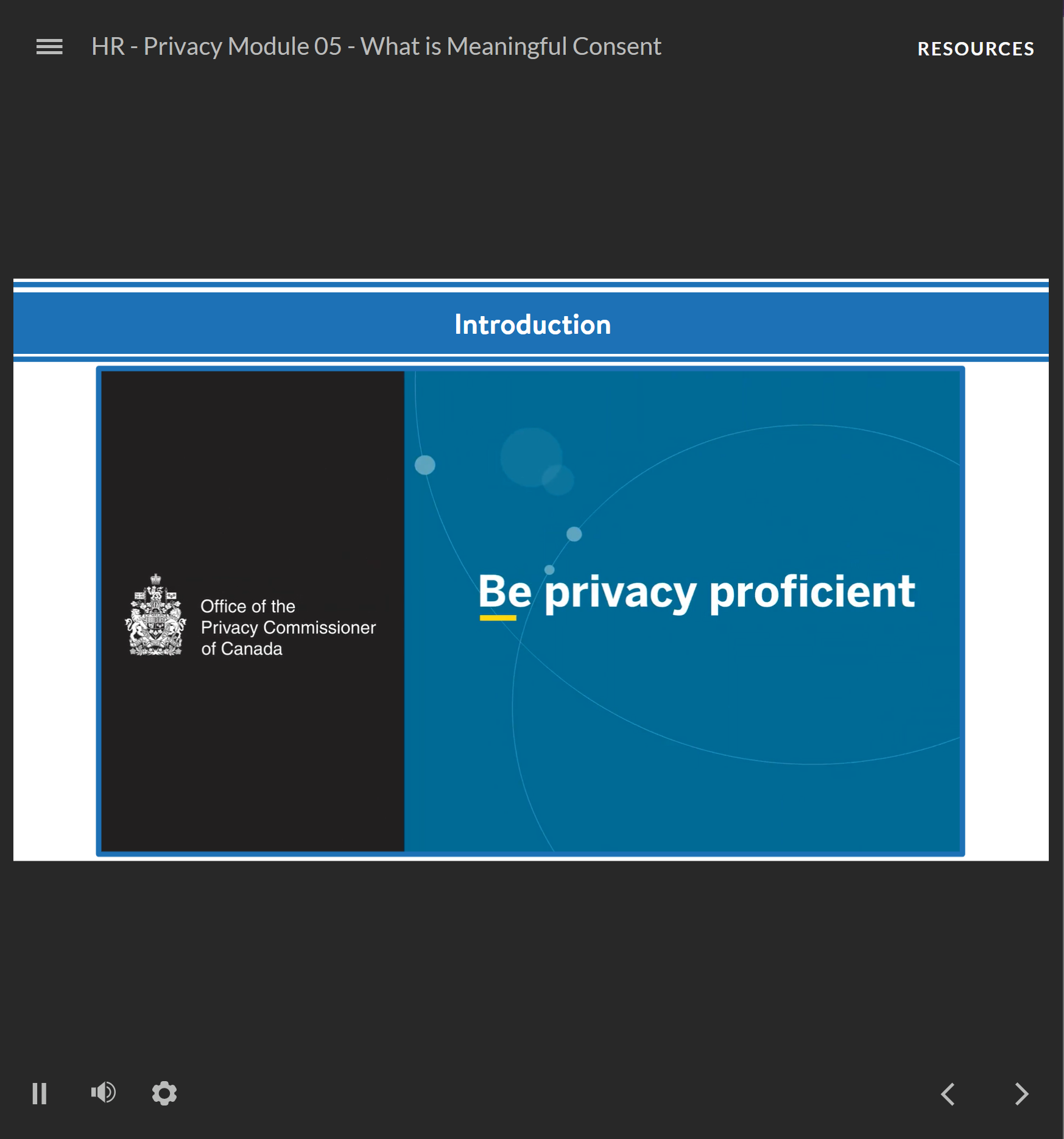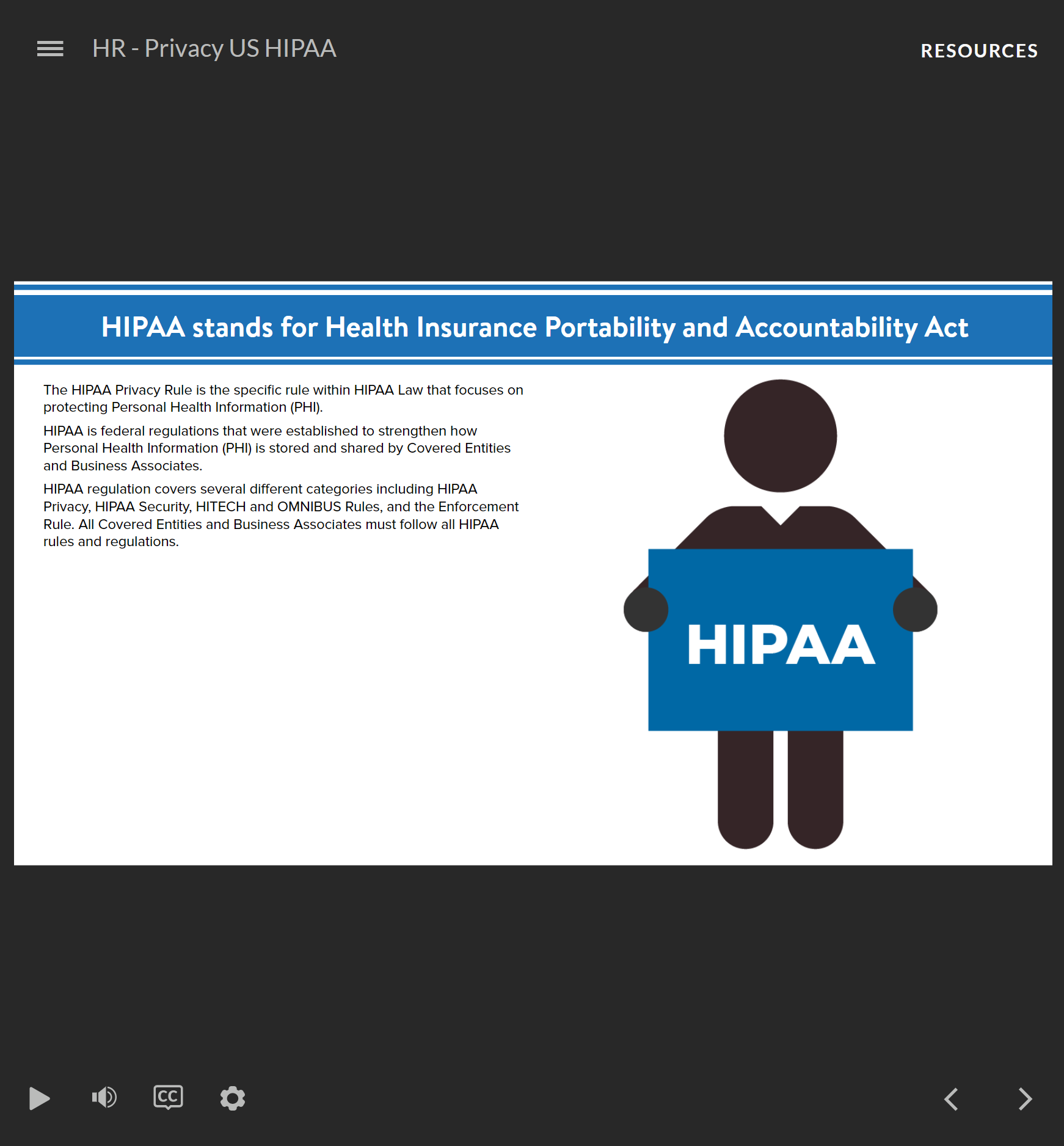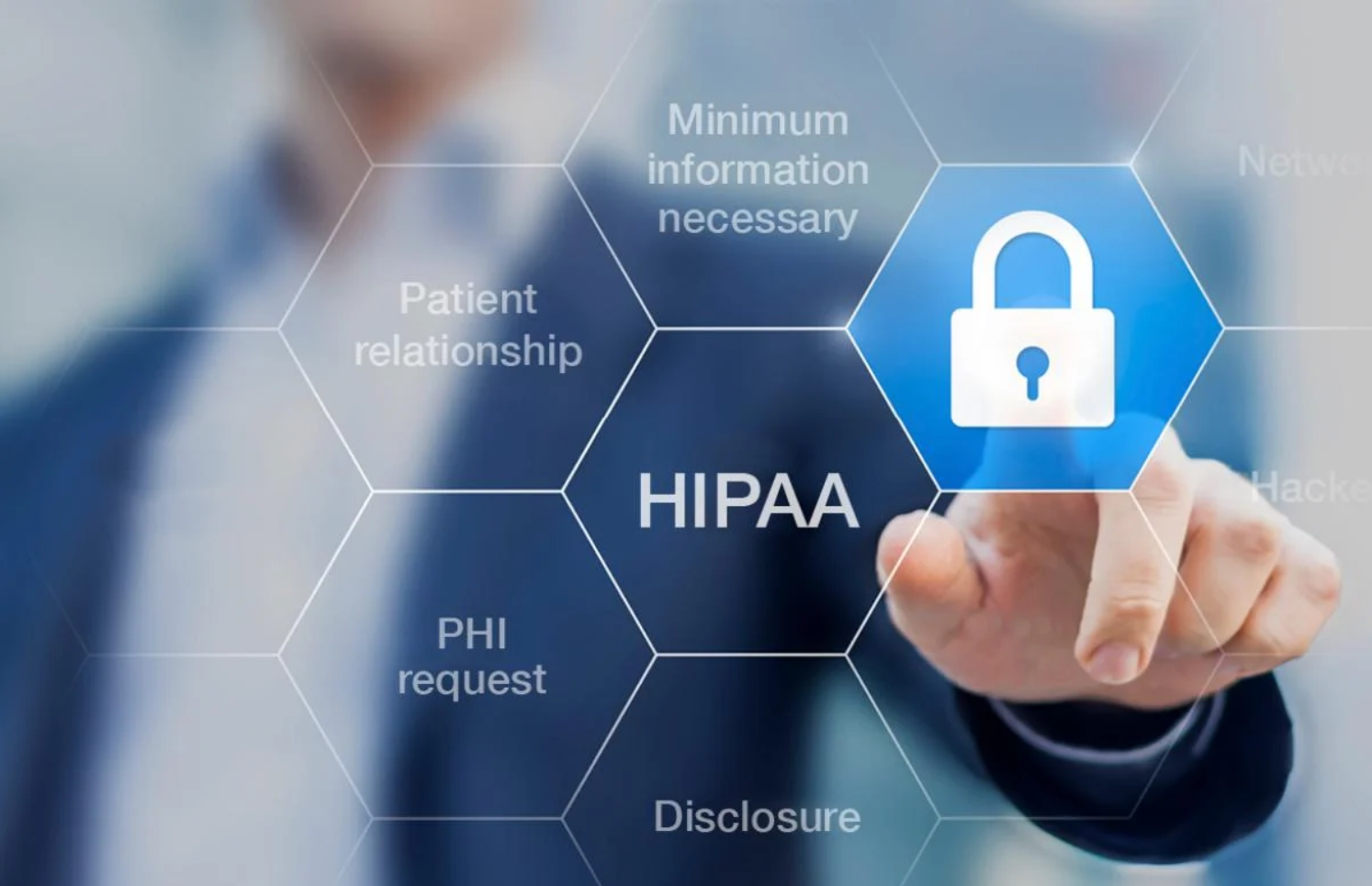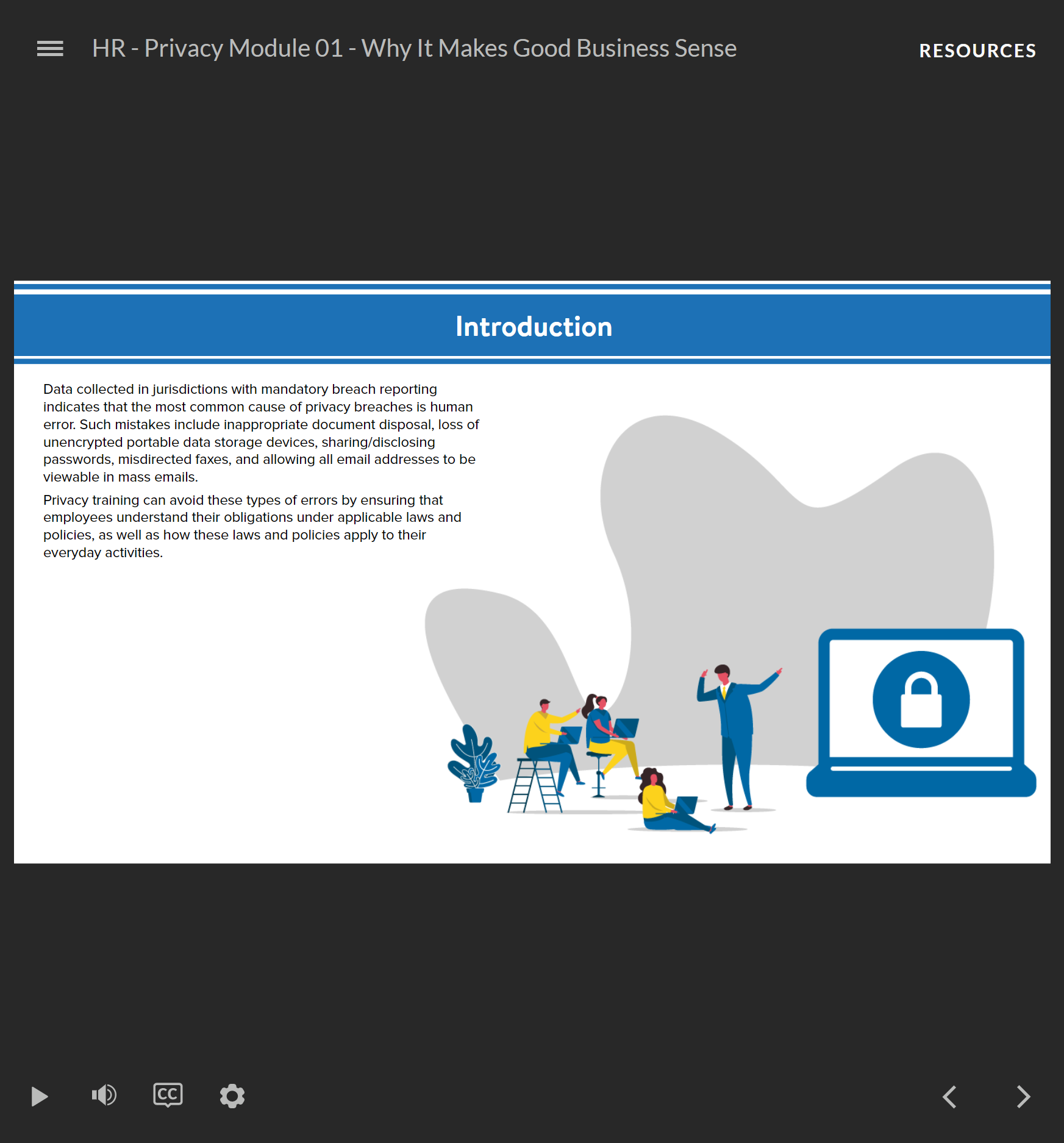-

 The goal of the lesson is make employees aware of the primary objective of process safety management: to prevent unwanted releases of highly hazardous chemicals into locations that expose employees and others to serious hazards, and to provide an overview of the standards and best practices necessary to achieve that objective.
The goal of the lesson is make employees aware of the primary objective of process safety management: to prevent unwanted releases of highly hazardous chemicals into locations that expose employees and others to serious hazards, and to provide an overview of the standards and best practices necessary to achieve that objective. -

 Process safety management increases safety for the workforce. Now, small businesses with limited resources might use other ways to decrease the risks associated with hazardous chemicals in the workplace, but development of a process safety management program is the operating standard. An effective process safety management program requires employers to compile a written process information resource. This information enables workers to identify and understand the hazards posed by processes that involve highly hazardous chemicals.
Process safety management increases safety for the workforce. Now, small businesses with limited resources might use other ways to decrease the risks associated with hazardous chemicals in the workplace, but development of a process safety management program is the operating standard. An effective process safety management program requires employers to compile a written process information resource. This information enables workers to identify and understand the hazards posed by processes that involve highly hazardous chemicals. -
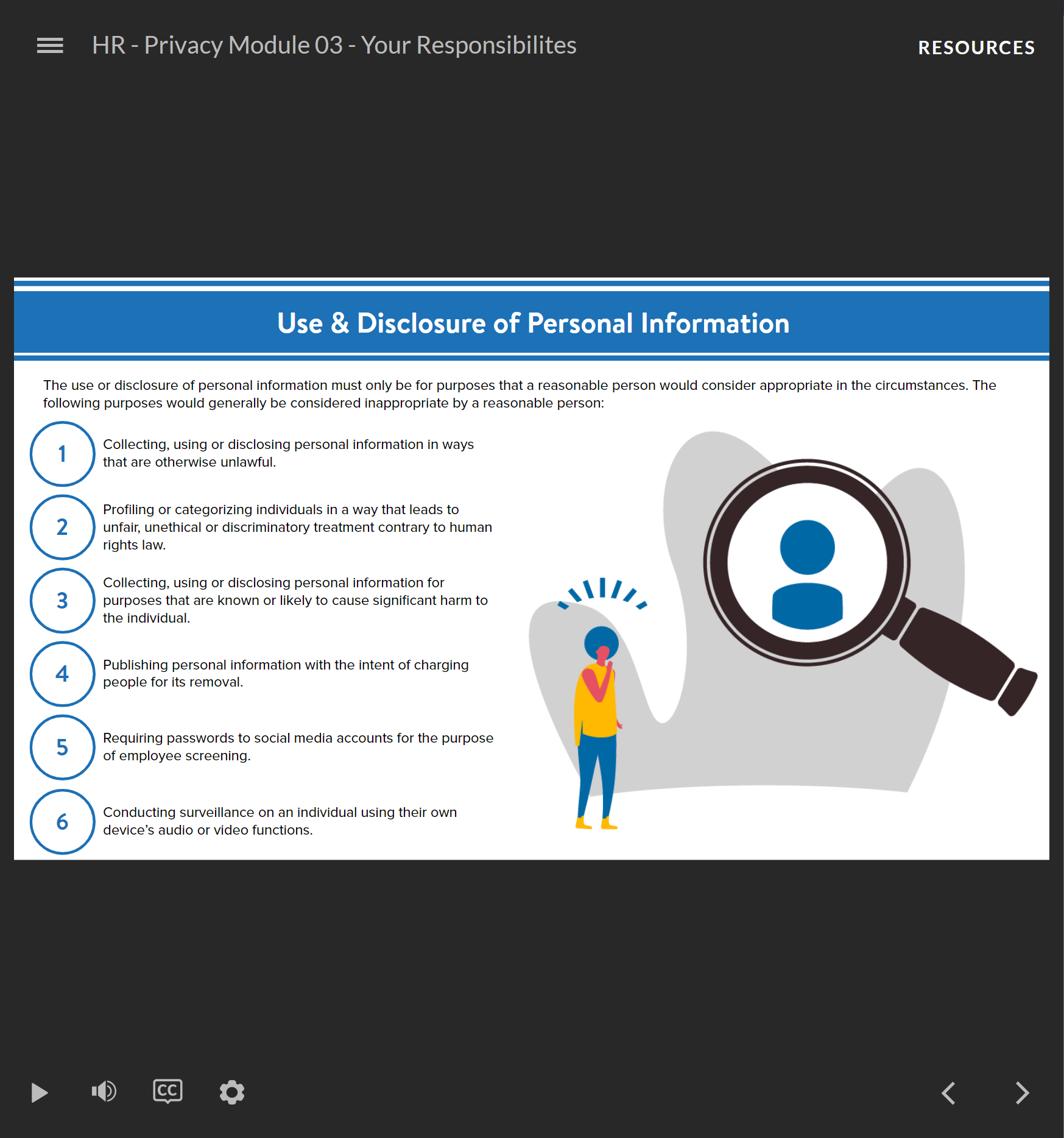
 Privacy part 3 covers your responsibilities when it comes to privacy including the 10 Principles of Privacy for individuals including accountability, identifying purposes, consent, limiting collection, limiting use, disclosure, and retention, accuracy, safeguards, openness, individual access and challenging compliance.
Privacy part 3 covers your responsibilities when it comes to privacy including the 10 Principles of Privacy for individuals including accountability, identifying purposes, consent, limiting collection, limiting use, disclosure, and retention, accuracy, safeguards, openness, individual access and challenging compliance. -
Sale!
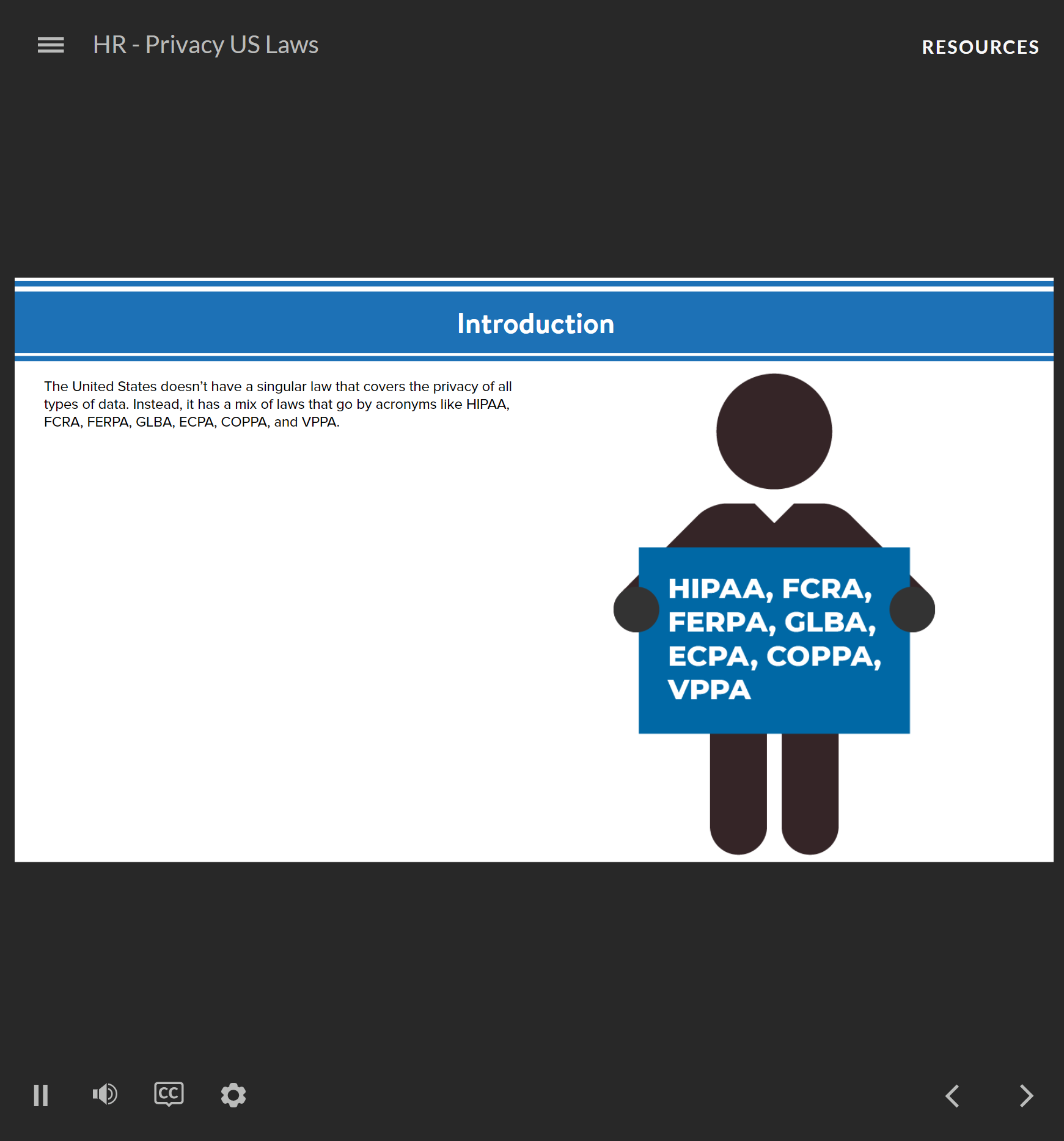
 The US version of Privacy Part 2 covers the nation’s mix of privacy laws, including HIPPA, the FCRA, FERPA.
The US version of Privacy Part 2 covers the nation’s mix of privacy laws, including HIPPA, the FCRA, FERPA.

